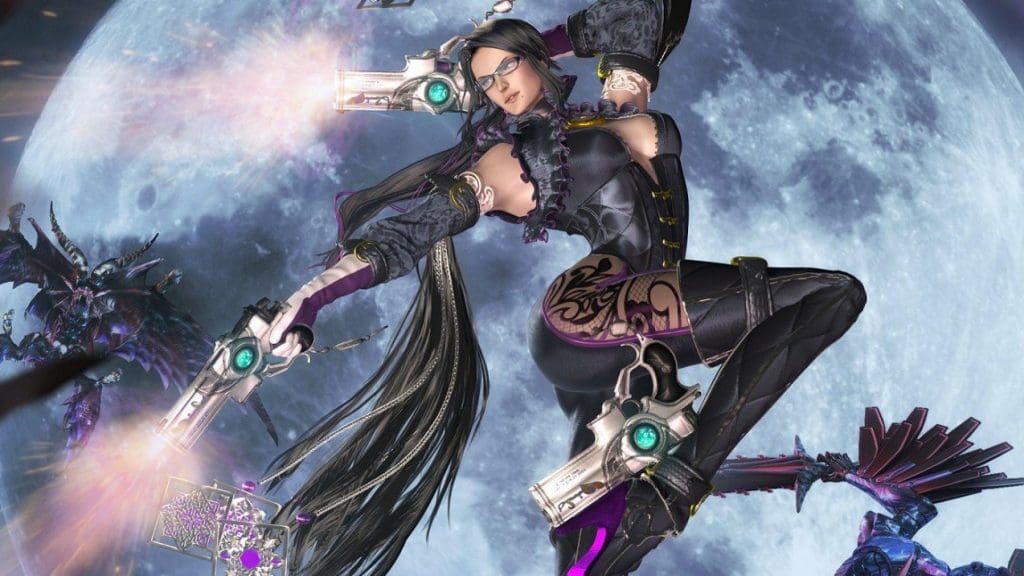There is just as much turmoil at the conclusion of BAYONETTA 3. The latest game from PlatinumGames, which is first and foremost an action game, was obviously going to have a big ending, and it did.
The recent 15-hour playing of the Umbra Witch’s narrative sparked a discussion about continued LGBT representation — or misrepresentation — in the franchise as a whole and raised numerous concerns about where the series’ future was headed. In their assessments of Bayonetta 3, some critics hinted at a dismal conclusion, which started the conversation regarding the gay erasure in this most recent sequel.
Bayonetta 3 Ending Is Unsatisfactory
Here is a straightforward explanation of the Bayonetta 3 ending based on what transpired in the conversations that followed the game’s conclusion. Bayonetta is hurled into the grand finale in Chapter 14, where she discovers that the main antagonist is actually Dr. Sigurd. He was apparently the only person who could utilize the power of the Chaos Gears to restore the multiverse, thus Viola gave Jeanne the assignment of finding him at the start of the novel.
The Chaos Gears were merely a ruse to confine Bayonetta and Viola in a realm where they can’t stop him from assuming control; in reality, he is Singularity itself. Bayonetta battles the many manifestations of Singularity, such as Singularity Balance, which combines the abilities of the several Bayonettas he has slain from previous realities. She inflicts enough harm to free them from his grip, and they reappear in reality to combat Singularity.
The Bayonetta army is joined by Jeanne, who Singularity killed in the last chapter. The second significant implication of the conclusion is that Bayonetta as we currently know her will no longer serve as the franchise’s main protagonist. Viola appears to be taking the lead at the moment and may even end up serving as the series’ protagonist in the near future.



